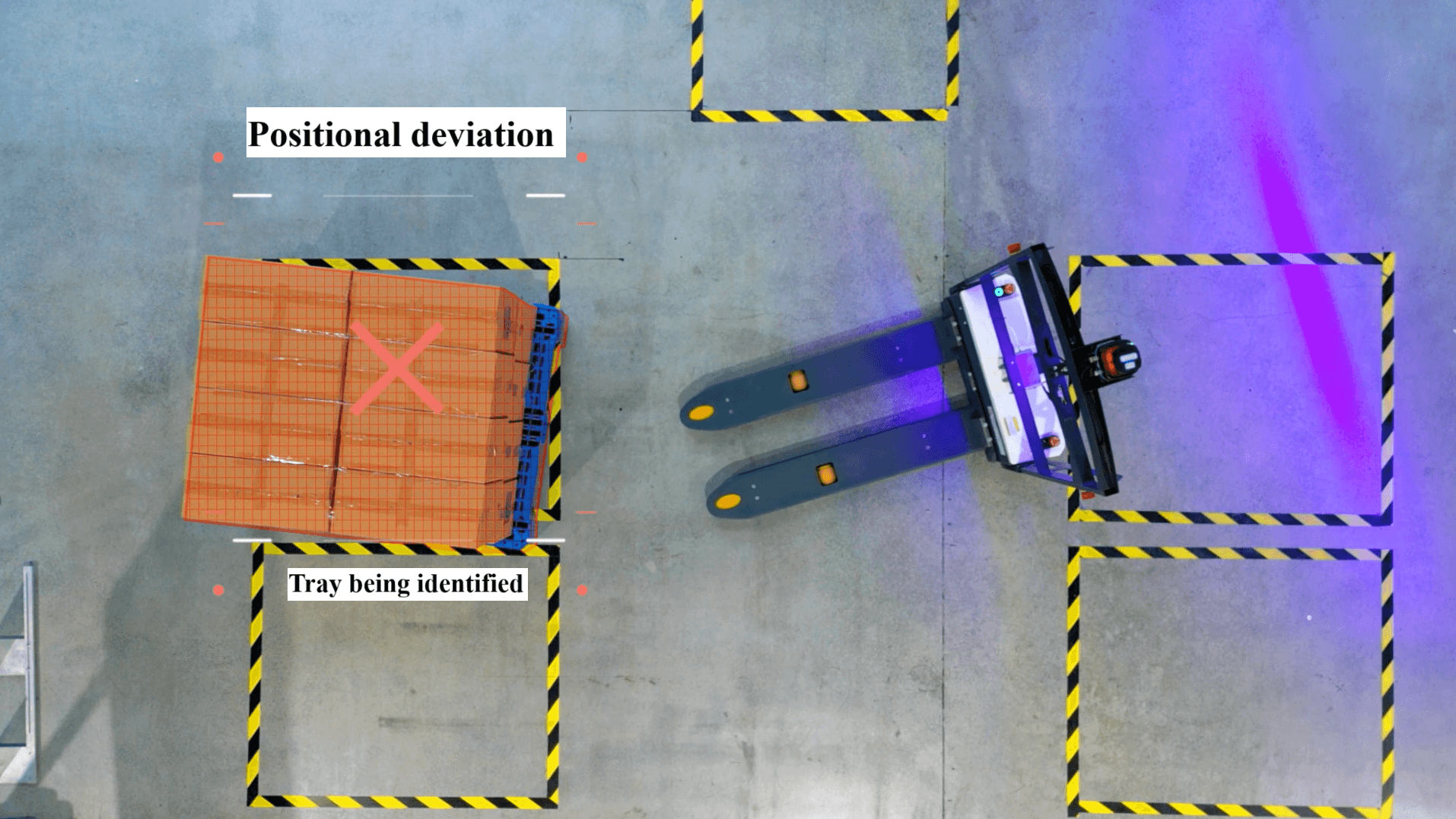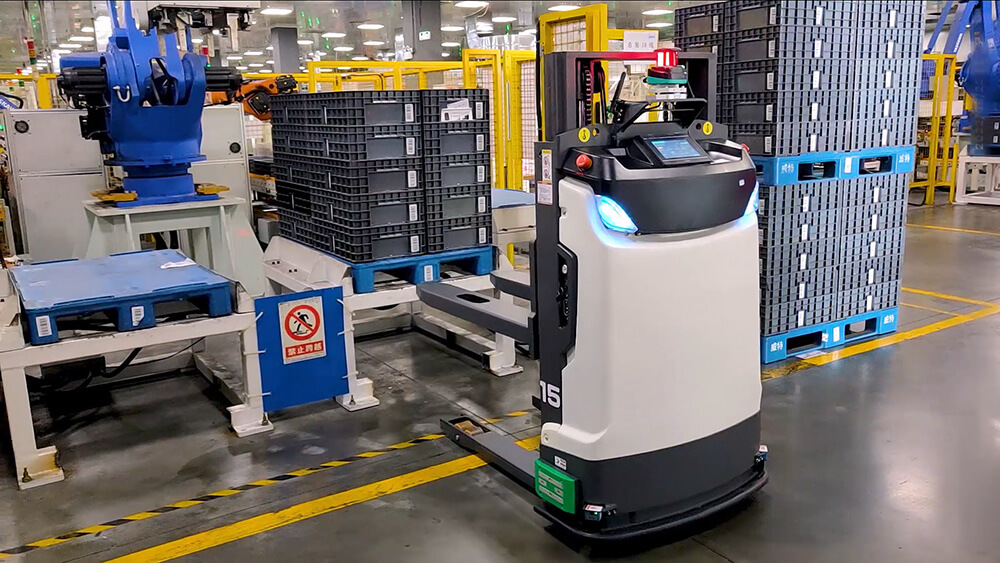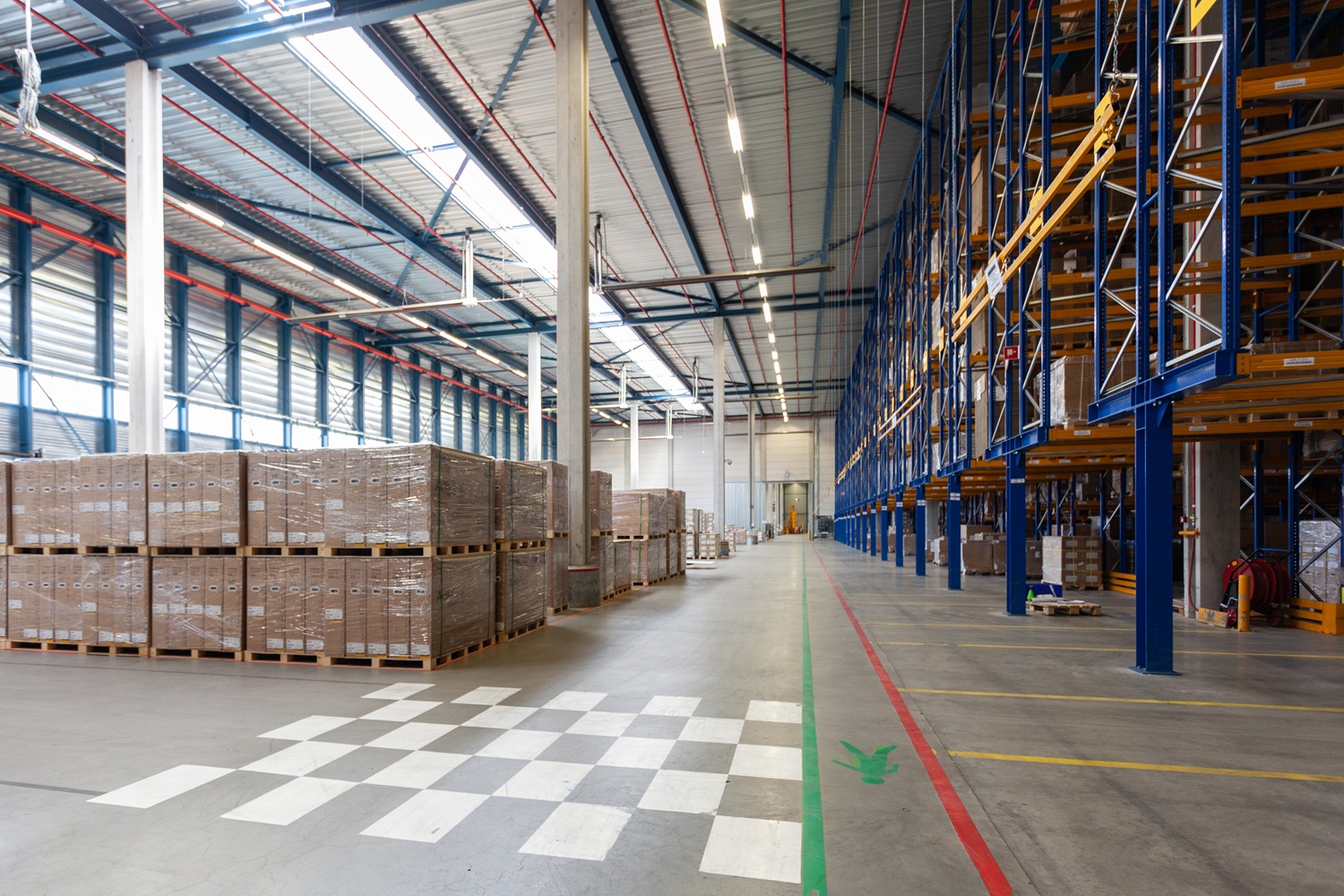AGVはどこで使われているか?無人搬送車の主な用途
.MP10S%E5%8A%A0%E9%AB%98%E6%94%AF%E6%9E%B6-MP10.png)
無人搬送車は、現代のロジスティクスと製造業に欠かせない存在になりつつあります。材料を安全かつ効率的に運搬するために設計されたAGVは、人件費を削減し、生産性を高め、エラーを最小限に抑えます。しかし、AGVは具体的にどのような場所で使用されているのでしょうか?この記事では、AGVが最も価値を発揮する主な産業とアプリケーションシナリオをご紹介します。
AGV(Automated Guided Vehicle:無人搬送車)は、現代のロジスティクスや製造業に欠かせないインテリジェント機器となっています。安全で安定した、効率的なマテリアルハンドリング能力を持つAGVは、企業の人件費削減、生産効率の向上、ミスの最小化に役立っています。
インテリジェントなマテリアルハンドリングロボットの専門メーカーとして、AiTEN Robotics社は、物流自動化の進歩を推進し、さまざまな業界に無人フォークリフトソリューションを導入してきました。
では、具体的にどのような産業で応用されているのでしょうか?この記事では、AGVの典型的な適用シーンについてご案内します。
アプリケーション産業
食品、航空宇宙、自動車、エネルギー、倉庫管理・流通、製造、射出成形金型交換、そしてまだ発見されていない将来の産業など(ただし、これらに限定されない)、あらゆる産業がAGVの使用から恩恵を受けることができる。
1.倉庫管理および配送
倉庫はAGVが活躍する主な環境の1つです。AGVは、保管エリア、ピッキングゾーン、出荷ドックを横切って、パレット、カートン、商品を移動させます。AGVは、倉庫がスペースを最適化し、手作業を減らし、24時間365日の連続稼働を確保するのに役立ちます。倉庫の自動化に関する三菱重工のレポートによると、AGVのような自動化技術は、より迅速な電子商取引のフルフィルメントに対する高まる需要を満たすために不可欠です。
- アプリケーションの例:パレット輸送、自動保管と検索、商品から人へのピッキング。
- ケーススタディAiTEN Roboticsの無人フォークリフトは、複数のスマート倉庫プロジェクトに適用されています。レーザーSLAMナビゲーションと高精度なフォークリフト操作により、商品の完全自動入出庫を実現し、倉庫の処理能力を大幅に向上させています。

2. 自動車産業
自動車産業は、AGVをいち早く導入した産業のひとつである。自動車の生産ラインでは、AGVが車体、エンジン、部品の搬送に使用され、生産効率を向上させ、高精度の組立ライン作業を実現しています。
- 代表的な用途:部品配送、生産ラインでの材料選別、ジャスト・イン・タイム生産。
- ケーススタディある自動車部品工場では、AiTEN Roboticsの無人フォークリフトが部品の運搬作業を行い、生産リズムを乱すことなく安全性を高めています。
.jpg)
3. 食品飲料業界
食品・飲料業界では、AGVは原材料や包装された完成品の輸送に使用できます。AGVは、汚染リスクを低減し、物流効率を向上させ、長時間労働が必要な不適切な環境では、人間の労働力を代替します。
- 代表的な用途:原料輸送、低温貯蔵環境商品輸送、完成品輸送。
4.医薬品とヘルスケア
製薬業界では、安全性と正確性に対する要求が非常に高い。医薬品工場や病院では、コンプライアンスを確保し、人との接触を減らし、衛生と安全を保証するために、AGVの利用が増えています。国際ロボット連盟(IFR)は、医療物流におけるAGVと移動ロボットの使用は、効率的で非接触の材料フローを確保するために急速に増加していると指摘しています。
- 代表的な用途:医薬品原料の流通、完成医薬品の輸送、病院用品の流通。
5.航空宇宙
AGVはまた、大きくて重い資材の輸送を必要とする産業においても重要な役割を果たしている。AGVは、作業員の安全を確保し、高価な資材の損傷リスクを低減する上で重要な役割を果たしています。
- 代表的な用途:航空機部品輸送、重機輸送、鉄鋼コイル輸送。
6.包装産業
包装業界でAGVの利用が急速に拡大している。包装資材を生産している企業から、様々な製品を頻繁に包装している企業まで、多くの企業がAGVがビジネスにプラスの影響を与えていると報告しています。今日、AGVは包装業界のあらゆる段階で確実に大幅なコスト削減を実現しています。代表的な包装アプリケーションは以下の通りです:
- 空パレット、缶、瓶、容器、ラベル、レイヤーまたはシート、蓋/キャップ、包装紙などの移動。
- 生産ラインの終点から一時保管場所や貯蔵場所まで製品を輸送すること。
- 資材を保管場所から使用場所まで運搬すること。
その他の製造業におけるAGVの用途
AGVは、通常フォークリフト、コンベアシステム、または手動カートによって処理される作業を実行するために使用されます。AGVはまた、倉庫から生産ラインへ、あるいはある生産ラインから別の生産ラインへ、大量の資材を運搬するのにも使用されます。制御可能な環境であれば、AGVは様々な環境で使用することができます。

1.原料輸送
AGVは、金属、化学薬品、プラスチック、紙などの原材料を運搬するために、産業環境で一般的に使用されています。AGVはコンベアベルトの代わりとなり、これらの原材料を受け入れドックから保管エリアへ、または直接生産ラインへシームレスに搬送することができます。この機能は、生産エリアへの原材料の継続的かつ信頼性の高い供給を保証し、遅延を排除し、効率を向上させます。
2.半製品輸送
製造環境では、AGVは半完成品をさまざまな製造段階に搬送するために使用されます。AGVは、倉庫から生産ラインやワークステーションへ材料や部品を移動させることで、製造プロセス全体を通して物品の流れを最適化します。この継続的な移動は、スムーズで中断のない生産工程を維持するために非常に重要であり、それによって生産性が向上し、ダウンタイムの可能性が減少します。
3.完成品の輸送
生産工程が完了すると、AGVは完成品を生産ラインから倉庫や出荷エリアへ搬送するために使用されます。この自動化された輸送方法は、完成品へのダメージのリスクを最小限に抑え、倉庫や出荷ドックへのタイムリーな配送を保証します。
まとめ
AGVの用途はもはや工場にとどまらず、倉庫、自動車、食品、医療、電子商取引、航空宇宙など、さまざまな業界に徐々に広がっている。その安全性、信頼性、効率性により、AGVはインダストリー4.0の重要な基礎となりつつある。
自動化需要の継続的な増加に伴い、AGVの応用範囲は必然的にさらに拡大し、グローバルサプライチェーンにおいてますます重要な役割を果たすことになる。
業界のイノベーターとして、AiTEN Roboticsの無人フォークリフトは、高い配送率、強力な技術力、包括的な製品ポートフォリオを通じて、企業の物流デジタル化のアップグレードを支援しています。
お客様の工場のオートメーション・ソリューションについては、当社までお問い合わせください。









_%E7%94%BB%E6%9D%BF%201.avif)
